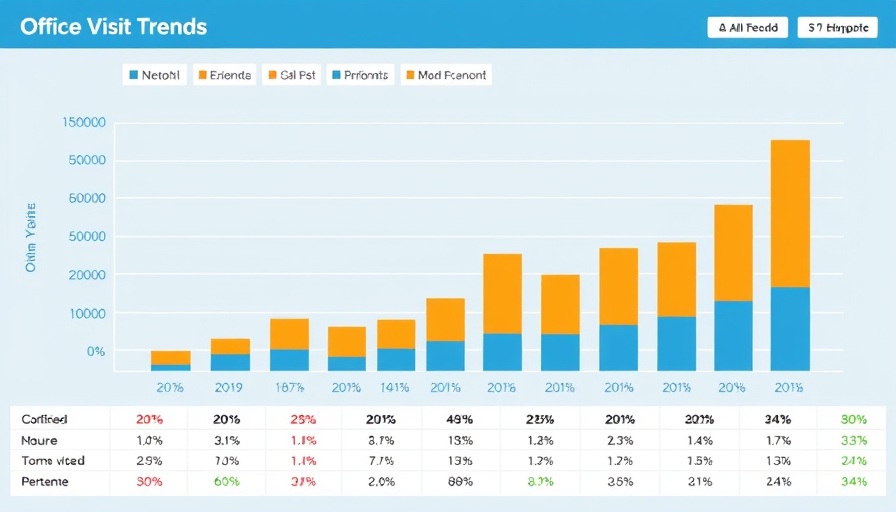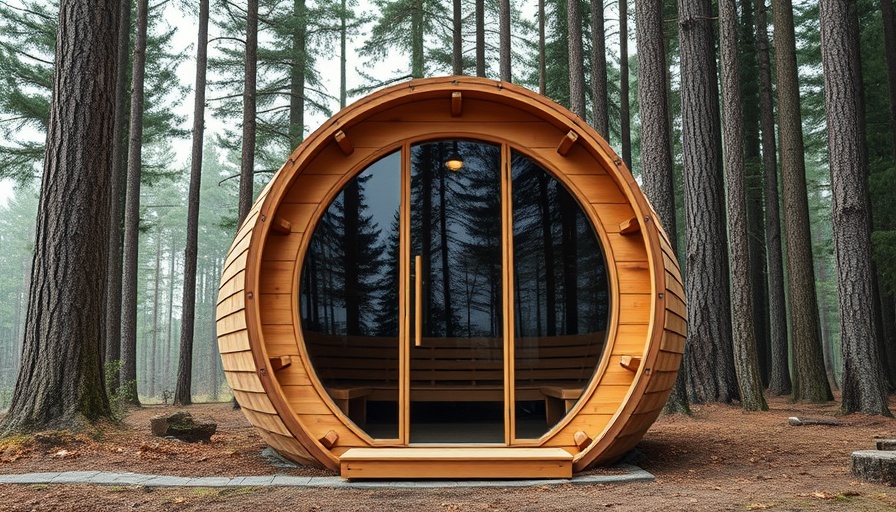
Understanding the State of Office Foot Traffic in 2023
The ongoing debates around remote work versus in-office mandates have shaped the conversation regarding the future of office spaces. According to the latest Placer.ai Office Building Index, foot traffic in office buildings across the U.S. continues to hover around 60% of pre-pandemic levels. This suggests a significant stabilization of hybrid work patterns since the second half of 2022, with workers opting for some office presence while balancing remote work.
A Consistent Hybrid Work Environment
Foot traffic data reveals that office visits have maintained a stable decline, with gaps between current levels and those from 2019 ranging between 35% and 41.4%. Notably, traffic is increasingly concentrated in the midweek, indicating workers traditionally embrace the 'remote work happy hours' on Mondays and Fridays. This trend implies that a substantial number of employees are finding a workable compromise between home and office that caters to their productivity and personal needs.
The Impact Across the Nation
This shift in office dynamics has significant implications for urban centers, notably affecting tax revenue and local businesses. The transition towards greater remote work has been recognized as altering the socio-economic landscape of many cities, with retail and food establishments directly reliant on office worker patronage facing challenges. As more employees work remotely, city planners and business owners must rethink strategies to accommodate this new reality.
Final Thoughts on the Future of Offices
As organizations adapt to this hybrid model, understanding these patterns is crucial for real estate stakeholders. Moving forward, the need to innovate in office design and resource allocation will be essential to meet the evolving needs of today's workforce.
 Add Row
Add Row  Add
Add 




Write A Comment